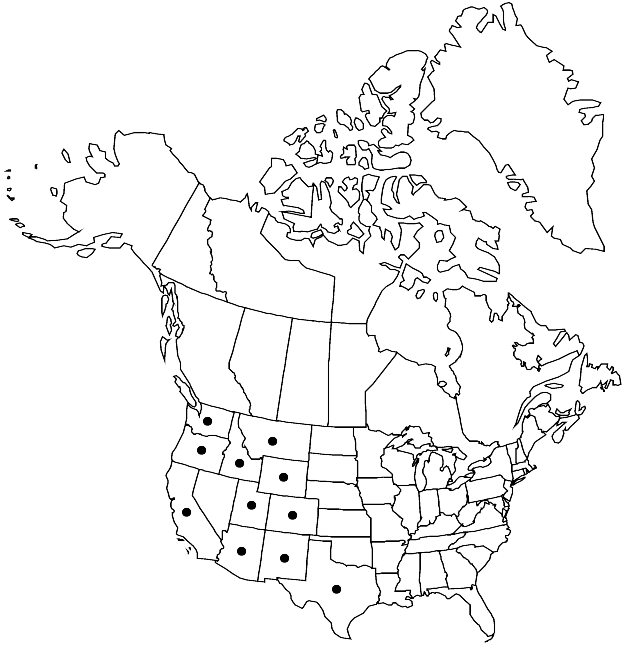Difference between revisions of "Brachytheciastrum velutinum var. salicinum"
Biodivers. Poland 3: 172. 2003.
FNA>Volume Importer |
FNA>Volume Importer |
(No difference)
| |
Revision as of 19:46, 24 September 2019
Plants green to golden brown. Stems creeping to ascending and erect in dense growth, irregularly pinnate, branches terete- or rarely subcomplanate-foliate. Stem leaves erect, densely arranged, straight, often flexuose distally, lanceolate, 1.2–1.8 × 0.3–0.5 mm; margins serrate, serrulate, or subentire; laminal cells (60–)80–140 × 4–5 µm. Branch leaves straight. Seta slightly rough proximally and smooth near capsule, or smooth throughout.
Habitat: Rock and soil near rock outcrops, open to moderately shaded places
Elevation: low to high elevations (0-3000 m)
Distribution

Ariz., Calif., Colo., Idaho, Mont., N.Mex., Oreg., Tex., Utah, Wash., Wyo., Europe, w Asia, n Africa, Atlantic Islands.
Discussion
The molecular phylogenetic data of A. Vanderpoorten et al. (2005) and Vanderpoorten and B. Goffinet (2006) support the species status of the Brachytheciastrum velutinum group with smooth setae. However, its acceptance at the species level makes it difficult to almost impossible to identify the majority of sterile collections. Thus, the approach of most American authors is retained here (see E. Lawton 1971; D. H. Norris and J. R. Shevock 2004) until the differences in gametophytes are found between var. salicinum and var. velutinum. Although a number of characters differentiate these two varieties, in practice their identification is not easy, and this complex obviously needs further study.
Selected References
None.